What is a reasonable GC markup for large kitchen remodel?
last year
Featured Answer
Sort by:Oldest
Comments (19)
Related Professionals
Clute Kitchen & Bathroom Designers · Frankfort Kitchen & Bathroom Designers · Northbrook Kitchen & Bathroom Designers · University City Kitchen & Bathroom Remodelers · Hopewell Kitchen & Bathroom Remodelers · Kendale Lakes Kitchen & Bathroom Remodelers · Dardenne Prairie General Contractors · Duncanville General Contractors · North New Hyde Park General Contractors · River Edge General Contractors · Hanover Township Kitchen & Bathroom Remodelers · Honolulu Kitchen & Bathroom Remodelers · Vancouver Kitchen & Bathroom Remodelers · Short Hills Cabinets & Cabinetry · Gladstone Tile and Stone Contractors- last year
- last year
- last year
- last yearlast modified: last year
- last year
- last year
- last year
- last year
- last year
- last yearlast modified: last year
- last year
- last year
- last year
- last year
- last year
- last year
Related Stories

KITCHEN OF THE WEEKKitchen of the Week: A Designer Navigates Her Own Kitchen Remodel
Plans quickly changed during demolition, but the Florida designer loves the result. Here's what she did
Full Story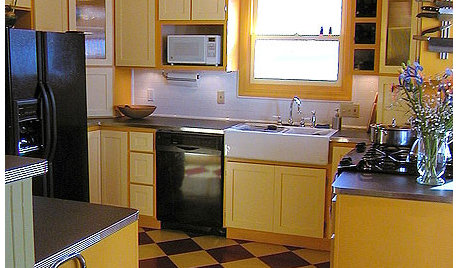
KITCHEN DESIGNKitchen Remodel Costs: 3 Budgets, 3 Kitchens
What you can expect from a kitchen remodel with a budget from $20,000 to $100,000
Full Story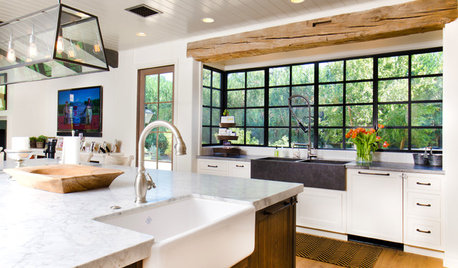
REMODELING GUIDES5 Trade-Offs to Consider When Remodeling Your Kitchen
A kitchen designer asks big-picture questions to help you decide where to invest and where to compromise in your remodel
Full Story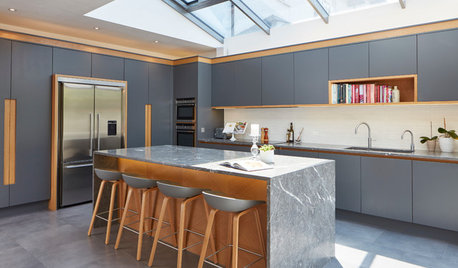
MOST POPULARRemodeling Your Kitchen in Stages: Detailing the Work and Costs
To successfully pull off a remodel and stay on budget, keep detailed documents of everything you want in your space
Full Story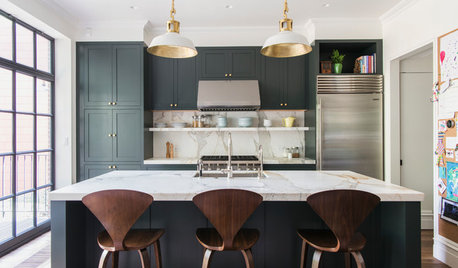
KITCHEN DESIGNRemodeling Your Kitchen in Stages: Planning and Design
When doing a remodel in phases, being overprepared is key
Full Story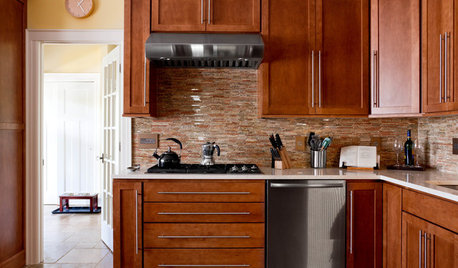
WORKING WITH PROSInside Houzz: No More Bumper Cars in This Remodeled Kitchen
More space, more storage, and the dogs can stretch out now too. A designer found on Houzz creates a couple's just-right kitchen
Full Story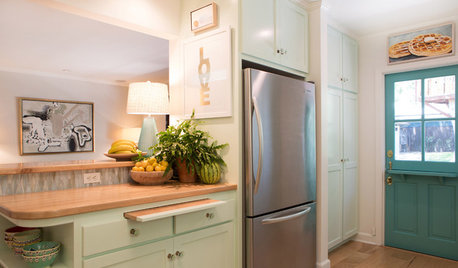
KITCHEN DESIGNCottage Kitchen’s Refresh Is a ‘Remodel Lite’
By keeping what worked just fine and spending where it counted, a couple saves enough money to remodel a bathroom
Full Story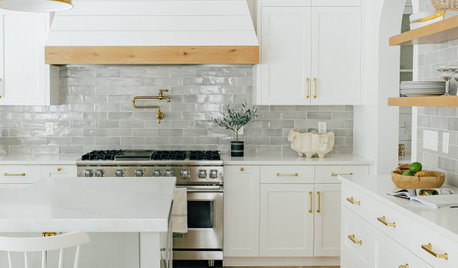
DATA WATCH7 Big-Picture Kitchen Remodeling Trends Happening Now
See the latest on cabinets, sustainability, spending, pro hiring and more from the 2023 U.S. Houzz Kitchen Trends Study
Full Story
LATEST NEWS FOR PROFESSIONALS7 Big-Picture Kitchen Remodeling Trends Happening Now
See the latest on cabinets, sustainability, spending, pro hiring and more from the 2023 U.S. Houzz Kitchen Trends Study
Full Story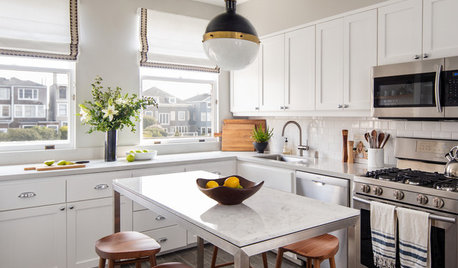
INSIDE HOUZZTop Kitchen and Cabinet Styles in Kitchen Remodels
Transitional is the No. 1 kitchen style and Shaker leads for cabinets, the 2019 U.S. Houzz Kitchen Trends Study finds
Full Story


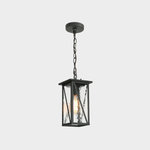



bry911